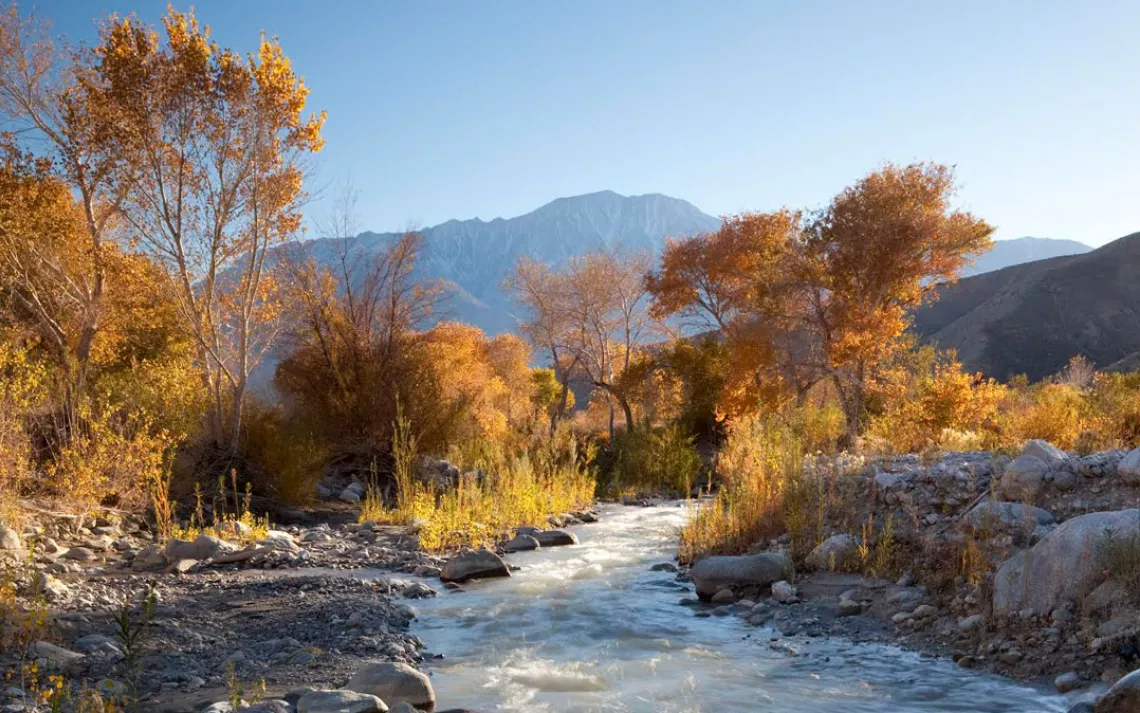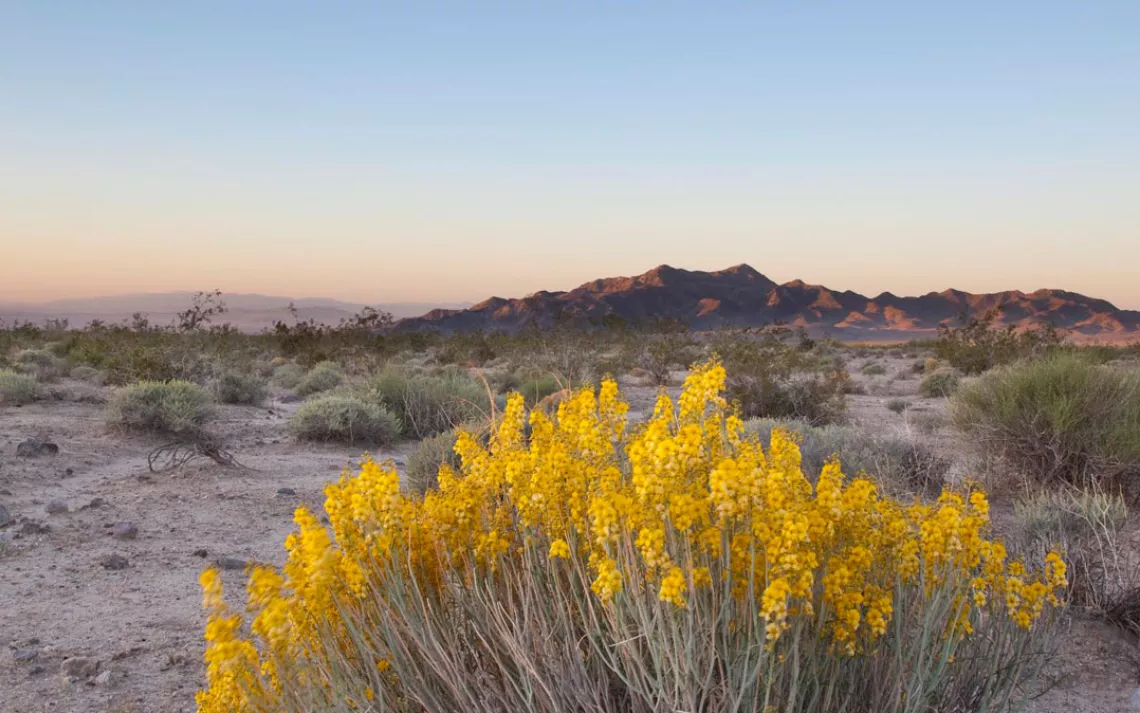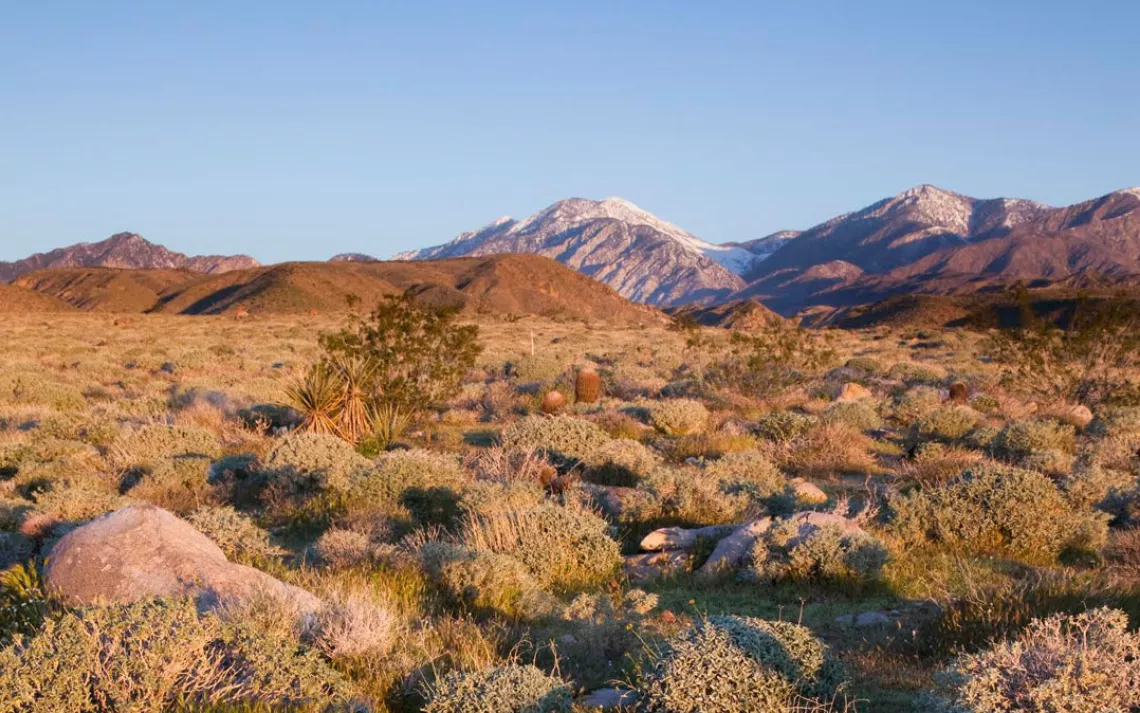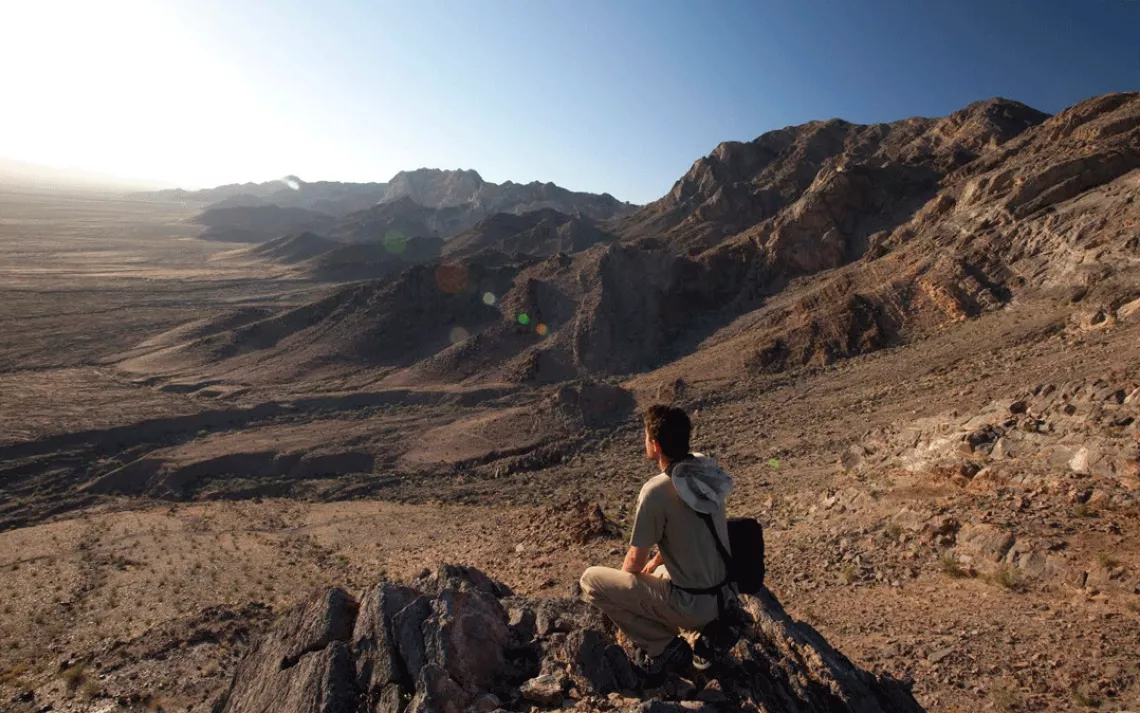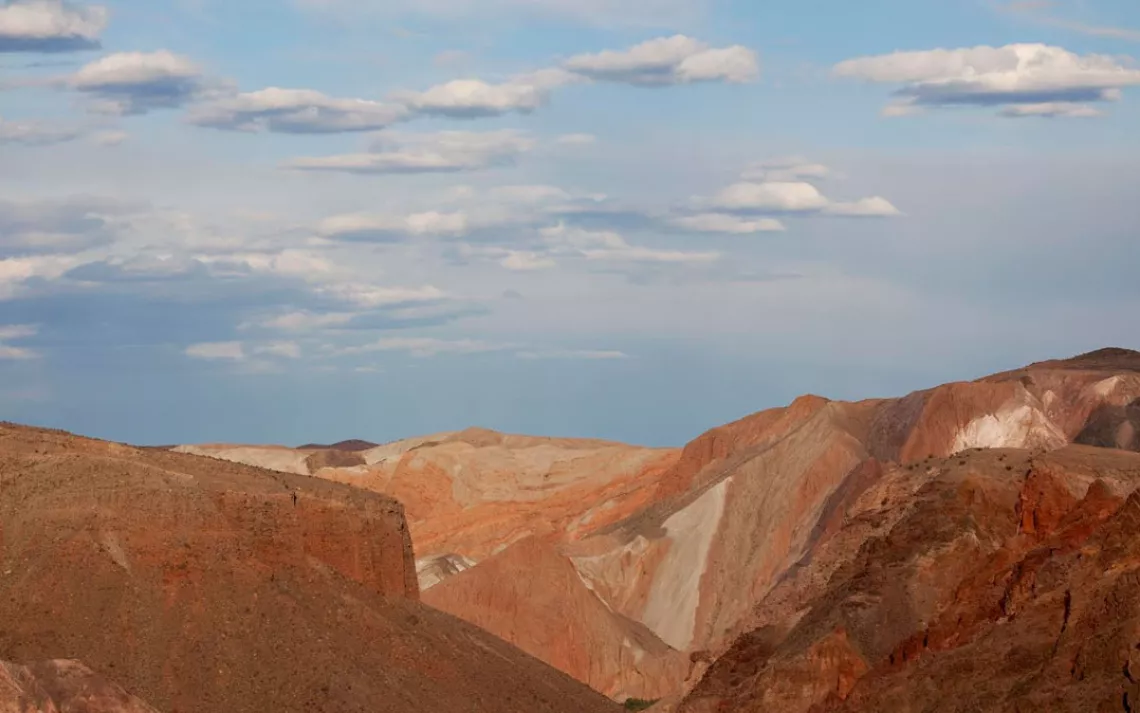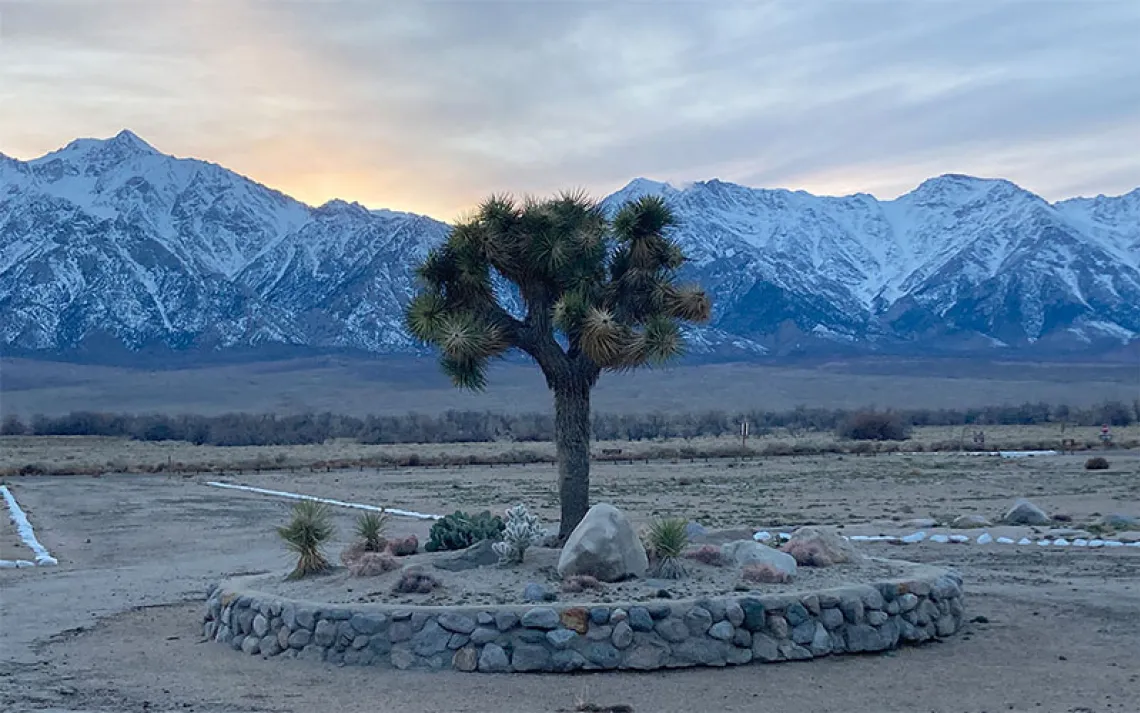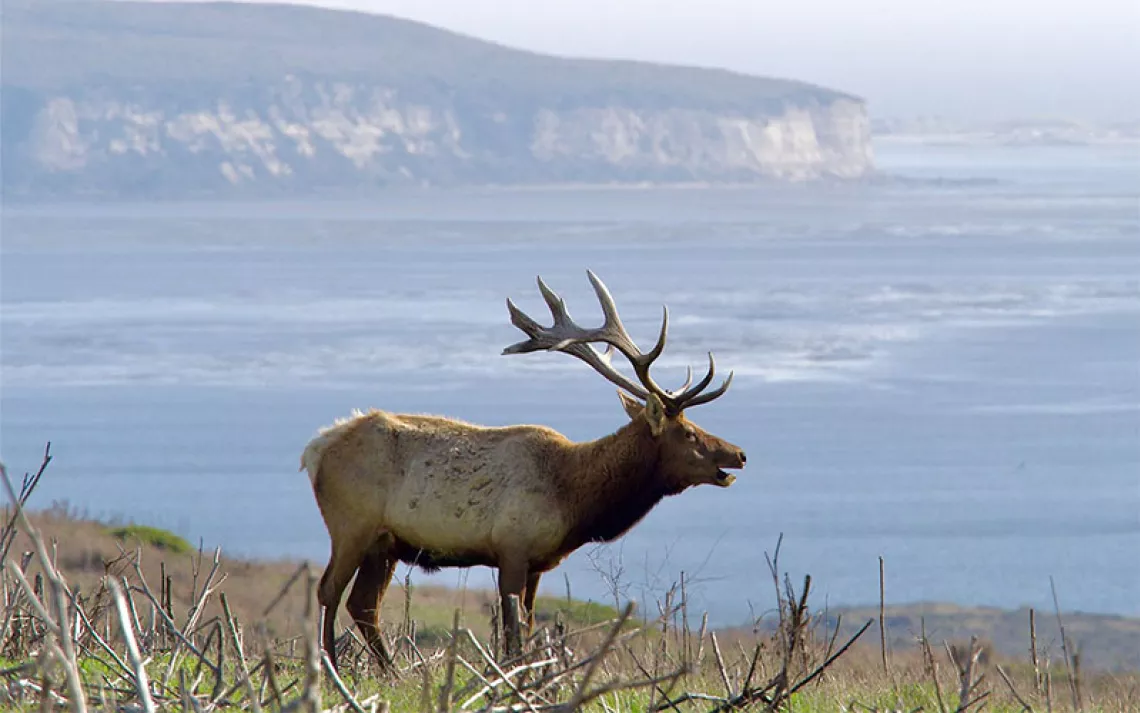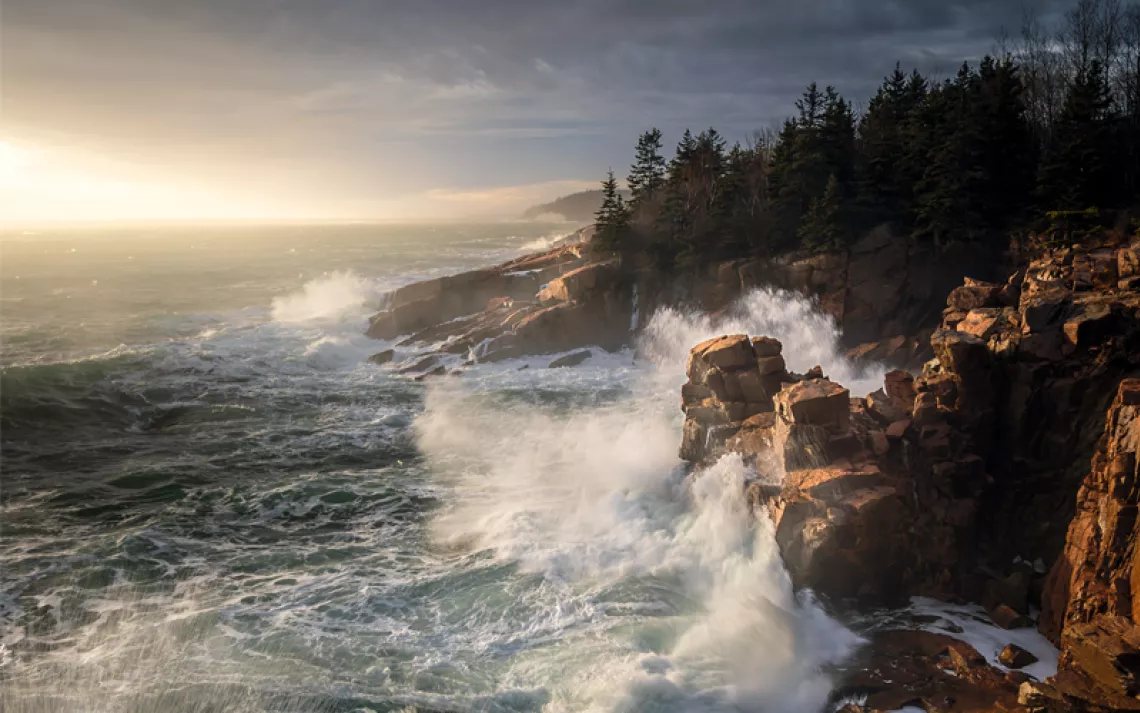The Story Behind the California Desert's New National Monuments
Photos by Jack Thompson / The Wildlands Conservancy
When President Bill Clinton signed the California Desert Protection Act into law in 1994, many conservationists saw it as the down payment on a bigger bet to protect the Mojave and Sonoran Deserts. The legislation was a big deal: It created Joshua Tree National Park, Death Valley National Park, and the Mojave Preserve and designated 69 new wilderness areas. But conservationists knew that in order to preserve biodiversity and wildlife habitat at a landscape scale, they would eventually need to knit those parks together into a network of protection.
On Friday, conservationists’ long-standing vision for preserving Southern California’s deserts was fulfilled when President Barack Obama used his authority under the Antiquities Act to create three new national monuments totaling 1.8 million acres. The three new monuments stretch almost from the banks of the Colorado River westward to the Little San Bernardino Mountains outside the city of Palm Springs. The Sand to Snow, Mojave Trails, and Castle Mountains Monuments form a connective tissue between the existing national parks that will provide a vital migration corridor for plants and animals as climate change intensifies.
“When the wildernesses were created [under the 1994 legislation], they were these mountainous islands in a sea of relatively flat desert valleys, which didn’t qualify as wilderness,” Joan Taylor, a Sierra Club member since 1970 and a volunteer leader who is vice chair of the Club’s Desert Committee, told me. “This is really big because now Mojave Trails National Monument will connect the vast desert valleys to the wilderness areas and reach all the way to Joshua Tree National Park.... This is one of America’s last great frontiers. Even though it has some highways and transmission lines going through it, it’s basically in effect a wilderness. You can go out there for days and not see anyone. It’s beautiful. It’s scary. It’s a wonderful thing to experience.”
At 1.6 million acres, the Mojave Trails Monument is the largest of the three. The name refers to the desert trails that the Chemehuevi people used to follow along the trading routes to the Pacific. The monument also follows a more modern trail: the snaking Route 66, one of the most iconic roadways in the United States. And it includes huge stretches of mountain-and-basin terrain that aren’t paved. “You can explore Mojave Trails up into the hills, and you can see for 100 miles and not see any roads or buildings,” says Frazier Haney, conservation director of the Mojave Desert Land Trust. “It’s as big a vista as you can find anywhere.”
The next biggest monument is the 135,000-acre Sand to Snow Monument north of Palm Springs. It contains Big Morongo Canyon, one of the largest cottonwood-willow forests in California. Throughout the course of the year, the canyon is visited by more than 240 species of birds. Given its proximity to Palm Springs, it’s a natural site for outdoor recreation. “A big part of the Sand to Snow Monument is the human interaction with the landscape,” Haney says.
Located on the eastern flank of the existing Mojave National Preserve, the 21,000-acre Castle Mountains Monument is a gem of high-altitude desert. Its intact ecosystems of native bunch grass already provide habitat to mule deer and bighorn sheep, and make it an attractive possibility for the reintroduction of pronghorn antelope, which were extirpated from the area a century ago. “These are areas filled with unique resources that need to be permanently protected,” Haney says.
So why weren’t the areas included in the original Desert Protection Act? At that time, large chunks of the desert valleys were still owned by the railroad companies that had been given 640-acre sections of land during the 19th-century construction of the transcontinental railroads. Many of those parcels already had been subdivided into 40-acre lots, some of which were being eyed by housing developers. The landscape was a checkerboard of ownership.
A group called the Wildlands Conservancy spent $45 million and the better part of a decade buying up the various private parcels. The group then donated the land to the federal government, which bought up even more acreage via monies from the Land and Water Conservation Fund.
Since 2009, Senator Dianne Feinstein, a California Democrat, has been trying to pass legislation to protect the desert basin-and-range as national parks. Congress has failed to do so, and now President Obama is using the Antiquities Act to create the national monuments.
Some congressional Republicans will no doubt gripe that Obama’s move is an example of executive overreach. The Antiquities Act, passed in 1906 and signed into law by President Theodore Roosevelt, has become a favorite target of radical conservatives opposed to the very idea of public lands. Congressman Rob Bishop, a Republican from Utah, has been waging a legislative guerrilla campaign against the Antiquities Act for years. And earlier this month, Senator Mike Lee, another Utah Republican, tried to attach a rider to a proposed energy bill that would have dramatically reduced the president’s authority under the act. The measure failed in a tight 47-to-48 vote.

Make every day an Earth Day
Get articles like this one sent directly to your inbox.
With this action you affirm you want to receive Sierra Club communications and may vote on policy designated by the Sierra Club Board.
Critics of the Antiquities Act have called it a “unilateral move” that doesn’t take into account local views. The creation of these three desert monuments proves how wrong that critique can be.
“We have a lot of broad-based support for this—it’s really important for the tourism economy—and we tried to go the legislative route, but Congress cannot get along enough to pass lands bills right now, so we had to go another route,” says April Sall, a former staffer and now a board member of the Wildlands Conservancy. “I have gone to hundreds of community meetings about this. We had meetings at each stage of the process. Senator Feinstein really did listen to folks and made changes to the [proposed] boundaries.”
A “supporter list” of local groups and individuals in favor of the monuments runs 22 pages long. It includes such eco-radicals as the Greater Palm Springs Convention and Visitors Bureau and the Route 66 Chamber of Commerce. Dozens of regional businesses signed on, as did Republican and Democratic city councilmembers from a dozen Mojave towns. “There has been little opposition,” says the Mojave Land Trust’s Frazier Harney.
Before they were designated as national parks, Death Valley and Joshua Tree were also national monuments, both of them protected by President Franklin Delano Roosevelt. That historical reminder offers a lesson of sorts. If Congress doesn’t like President Obama’s use of the Antiquities Act, it has a remedy at hand: It can pass the many public lands bills crafted with careful local input that have been introduced and are just waiting for a vote.
 The Magazine of The Sierra Club
The Magazine of The Sierra Club
